Minister of Agriculture Marie Claude Bibeau says Canadian agriculture will be the “powerhouse of the economy” as the country recovers from the COVID-19 pandemic, pointing to specific opportunities for the industry to grow. During a virtual “fireside chat” at the International Economic Forum of the America’s Toronto event on Oct. 27, Bibeau expressed optimism over […] Read more
 Crop Management
Crop Management
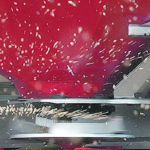
Fall surface N robs canola of $180 per acre
It may be convenient to fall broadcast N on your canola acres, but that convenience can cost up to 18 bushels per acre
After decades of research proving that deep banding reduces nitrogen loss, farmers are resurrecting the largely abandoned practice of surface-applying nitrogen in the fall. But there’s a high price to pay. In canola, that price is extracted in bushels per acre. Potential canola yields were slashed by 18 bushels per acre when test fields received […] Read more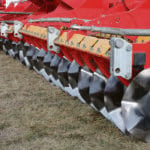
Swedish disc offers new approach to seed bed prep
A new variation on the familiar disc tackles the challenges of managing crop residues, volunteers, and weeds, while also preparing the seed bed for a crop. “Has anyone seen a disc that looks like this before?” said Philip Korczak, holding up a steel disc with a wildly serrated edge. Korczak, regional manager for Väderstad Industries, […] Read more
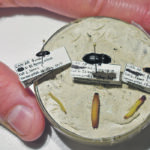
Feds approve wireworm insecticide
Cereal growers in Alberta and Saskatchewan have a new tool to fight wireworms. Health Canada’s Pest Management Regulatory Agency on Oct. 19, registered a new insecticide from BASF called Broflanilide. BASF has been promoting Broflanilide for a while, but the registration means it will be available to Canadian farmers in 2021. “Growers have struggled for […] Read more
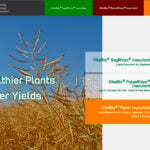
New biological certified for prairie organics
Prairie organic farmers grew 1.36 million acres in 2019. The number of certified-organic farms rose by almost three percent last year. Suppliers are gearing up to serve this blossoming business. One supplier with a natural fit into this expanding arena is XiteBio Technologies in Winnipeg. All products marketed by this company are organic certifiable. Xite […] Read more
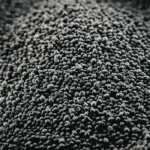
Bio-wastes become fertilizer fodder
Fertilizers based on food waste, manure and other byproducts of the ag and food industry are refined and granulated for placement
Two new biological-based slow release fertilizer products manufactured with refuse from the food and agriculture industry will be available to Canadian growers next spring. “We’re taking different organic substrates, things like food waste, manures, things like products that might come out of the food industry, ag industry, and we’re breaking them down to the amino […] Read moreCutting the ‘precision’ out of precision agriculture
Just like the old spinners, modern surface applicators do a good job of spreading your dollars around on the ground
Figuring out how to precisely place seed and fertilizer into the soil has been the focus of public researchers, industry and farmers for 30 years. That initiative has paid off. The list of precision agriculture tools today includes a wide range of devices that place seed and fertilizer exactly where you want it in different […] Read more
Neonic ban decision expected in six months
Health Canada will make a decision on neonicotinoid insecticides in about six months. Federal scientists have been studying neonics and their potential impact on aquatic insects for several years. The final judgment was scheduled for this fall but it won’t happen until the spring. “Due to the vast amount of new information received, and the […] Read more

Feds approve wireworm insecticide
Cereal growers in Alberta and Saskatchewan have a new tool to fight wireworms. Health Canada’s Pest Management Regulatory Agency on Oct. 19, registered a new insecticide from BASF called broflanilide. BASF has been promoting broflanilide for a while, but the registration means it will be available to Canadian farmers in 2021. “Growers have struggled for […] Read more
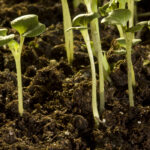
EU’s biostimulant regulations applauded by industry
The European Union has become the first governing body in the world to recognize plant biostimulants as a distinct category of agricultural inputs. On July 15, 2019, the EU approved new fertilizer regulations that included a clear definition for biostimulants. “This might not sound like very much but it’s a significant step for the industry,” […] Read more

 Crop Management
Crop Management


